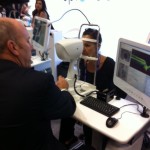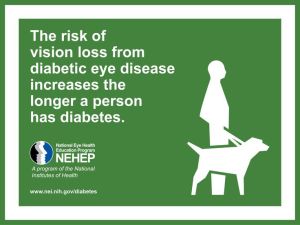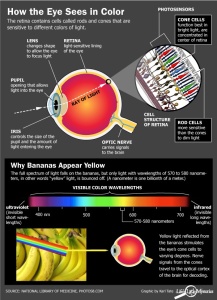 The 6 to 7 million cones in the human retina are responsible for color vision. The cones are photoreceptors concentrated in the central zone of the retina called the macula. The center of the macula is called the fovea, and this tiny (0.3mm diameter) area contains the highest concentration of cones in the retina and is responsible for our most acute color vision.
The 6 to 7 million cones in the human retina are responsible for color vision. The cones are photoreceptors concentrated in the central zone of the retina called the macula. The center of the macula is called the fovea, and this tiny (0.3mm diameter) area contains the highest concentration of cones in the retina and is responsible for our most acute color vision.
Inherited forms of color blindness often are related to deficiencies in certain types of cones or outright absence of these cones. Color blindness is not a form of blindness at all, but a deficiency in the way we see color. With this vision problem, individuals have difficulty distinguishing certain colors, such as blue and yellow or red and green.
Color vision deficiency is an inherited condition that affects males more frequently than females. An estimated 8 percent of males and less than 1 percent of females have color vision problems.
Red-green color deficiency is the most common form of color deficiency. Red-green color blindness is caused by a common X-linked recessive gene. Your mother must be a carrier of the gene or be color deficient herself. Fathers with this inherited form of red-green color blindness pass the X-linked gene to their daughters but not their sons, because a son cannot receive X-linked genetic material from his father.
Any time a mother passes along this X-linked trait to her son, he will inherit the color vision deficiency and have trouble distinguishing reds and greens.
There is no cure for color blindness. But some coping strategies may help an individual function better in a color-oriented world. Most people are able to adapt to color vision deficiencies without too much trouble. But some professions should be avoided, such as graphic designer, ship pilots, interior decorator and other occupations that require precise differentiation of colors and depend on accurate color perception.
If the color deficiency is identified early enough in life, the individual may be able to compensate by training for one of the many careers that are not as dependent on the ability to see in a full range of colors.
It is possible to develop color vision problems later in life. Sudden or gradual loss of color vision can indicate any number of underlying health problems, such as cataracts. Color blindness can occur when changes due to aging damage retinal cells. An injury or damage to areas of the brain where vision processing takes place also can cause color vision changes. If you feel your perception of color is changing, schedule an eye exam.
At Westside Optometry we use a desaturated color vision test that takes a couple of minutes.
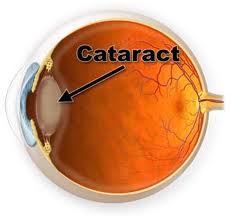
 Sunglasses are important for preventing keratitis (a burn on the cornea surface) and aging effects such as cataracts,
Sunglasses are important for preventing keratitis (a burn on the cornea surface) and aging effects such as cataracts,  is dangerous too.
is dangerous too. So what does this have to do with eyeballs? Unfortunately smoking contributes to many ocular conditions such as cataracts,
So what does this have to do with eyeballs? Unfortunately smoking contributes to many ocular conditions such as cataracts, 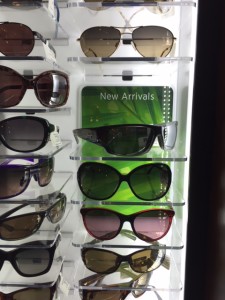

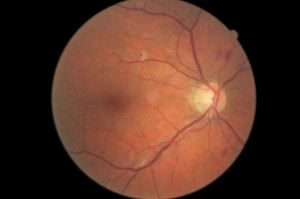 retinopathy.
retinopathy.
